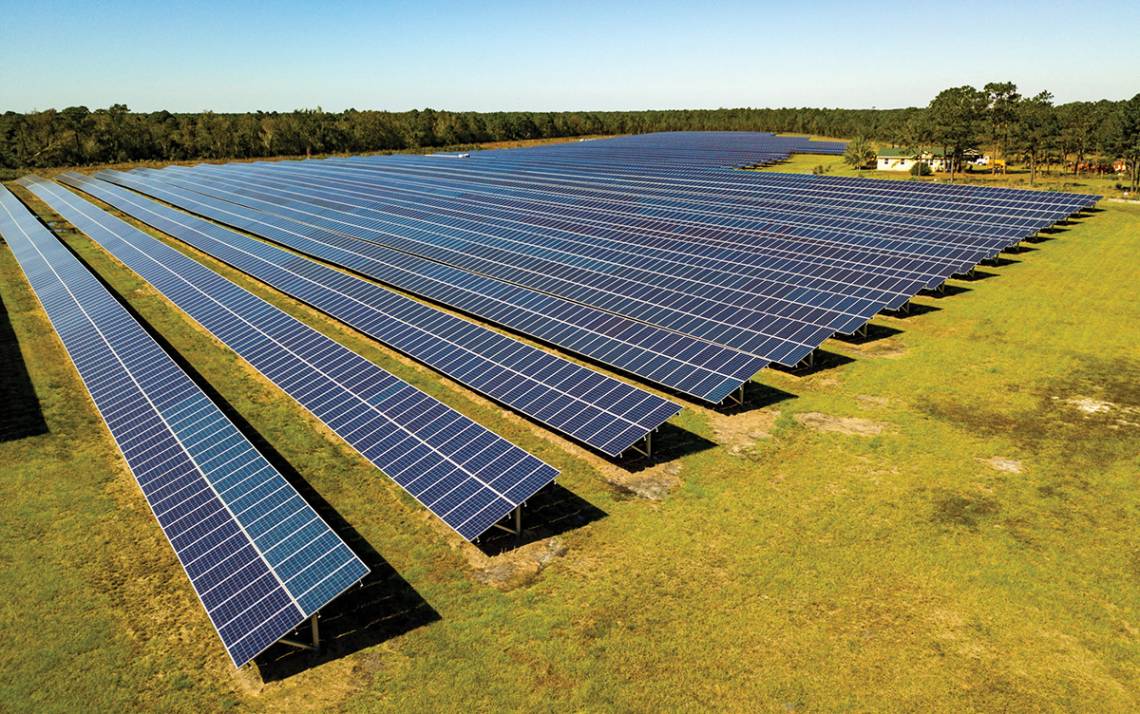Final Steps to Climate Neutrality
As Duke nears a 2024 deadline, what carbon footprint reductions remain?

In 2007, when Duke announced its goal of becoming climate neutral by 2024, it seemed both ambitious and abstract. While the challenge was steep, the deadline, which was earlier than any Ivy Plus institution, was 17 years away.
Since then, Duke has made the campus more efficient, embraced new energy sources and established sustainability as a core value.
“I’m excited to see climate neutrality becoming more real, but we’re not there yet,” said Duke Sustainability Director Tavey Capps.
With three years to go, what storylines shape the home stretch of Duke’s climate neutrality quest?
Pandemic Effects
For the 2019-20 fiscal year, Duke’s total emissions were down 34 percent from the 2007 baseline. It was a dramatic drop from 2018-19, when emissions decreased 20 percent from 2007.
The drop last year was due to COVID-19’s effect on travel-related emissions, considered the most stubborn piece of Duke’s carbon footprint. In the spring of 2020, around 20 percent of Duke University employees commuted to campus on an average day, while nearly all university-related air travel stopped.
Many changes won’t last beyond the pandemic, but should Duke continue to embrace telecommuting and be judicious with air travel, the path to carbon neutrality becomes much easier.
“This is not a ‘pat-ourselves-on-the-back’ scenario,” said Assistant Sustainability Director Jason Elliott. “But there are ways to capitalize on this. We’ve learned a lot over the past few months.”
Growing Green Energy
Duke’s emission reduction effort got a boost last summer when it partnered with Asheville-based Pine Gate Renewables to build three new solar facilities which, when completed in 2022, will generate enough energy to cover around 50 percent of the needs of Duke’s campus.
Creating solar energy is a key piece of Duke’s goal of reducing on-campus carbon emissions by 84 percent by 2024.
“This partnership is a key step toward carbon neutrality,” said Duke President Vincent E. Price. “Duke is committed to building on our history of leadership in protecting the environment, a vitally important priority for our university – and for humanity – as we grapple with the challenges of climate change.”
Duke also hopes to harness the potential of biogas, which is derived from methane from feedstock such as food or livestock waste, to bolster its renewable energy portfolio. While the solar energy piece is in place, work continues on finding the best biogas partnership.
Offsets Come into Focus
Duke will get close to climate neutrality through emission reductions, but carbon offsets, or actions that reduce the carbon in the atmosphere, will cover what’s left. Assembling those offsets is the mission of the Duke Carbon Offsets Initiative (DCOI).
The strategy has been to find nearby offset projects with ties to Duke’s educational mission and benefits beyond simply reducing carbon. Recent examples include a wetland redevelopment project in eastern North Carolina and an initiative to protect areas of forests near Hillsborough.
“This is crunch time,” said DCOI Program Manager Matt Arsenault. “The years of work we’ve done are going to be paying off soon and that’s exciting.”
Got something you would like for us to cover? Send ideas, shout-outs and photographs through our story idea form or write working@duke.edu.